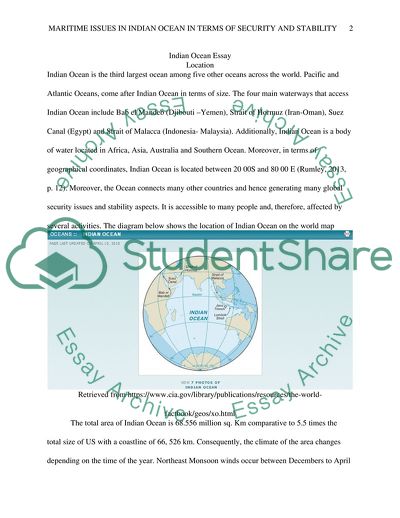Cite this document
(Significance of Maritime Issues in the Indian Ocean in Terms of Term Paper - 1, n.d.)
Significance of Maritime Issues in the Indian Ocean in Terms of Term Paper - 1. Retrieved from https://studentshare.org/geography/1870092-how-significant-are-maritime-issues-in-the-indian-ocean-in-terms-of-overall-global-security-and-stability
Significance of Maritime Issues in the Indian Ocean in Terms of Term Paper - 1. Retrieved from https://studentshare.org/geography/1870092-how-significant-are-maritime-issues-in-the-indian-ocean-in-terms-of-overall-global-security-and-stability
(Significance of Maritime Issues in the Indian Ocean in Terms of Term Paper - 1)
Significance of Maritime Issues in the Indian Ocean in Terms of Term Paper - 1. https://studentshare.org/geography/1870092-how-significant-are-maritime-issues-in-the-indian-ocean-in-terms-of-overall-global-security-and-stability.
Significance of Maritime Issues in the Indian Ocean in Terms of Term Paper - 1. https://studentshare.org/geography/1870092-how-significant-are-maritime-issues-in-the-indian-ocean-in-terms-of-overall-global-security-and-stability.
“Significance of Maritime Issues in the Indian Ocean in Terms of Term Paper - 1”. https://studentshare.org/geography/1870092-how-significant-are-maritime-issues-in-the-indian-ocean-in-terms-of-overall-global-security-and-stability.


